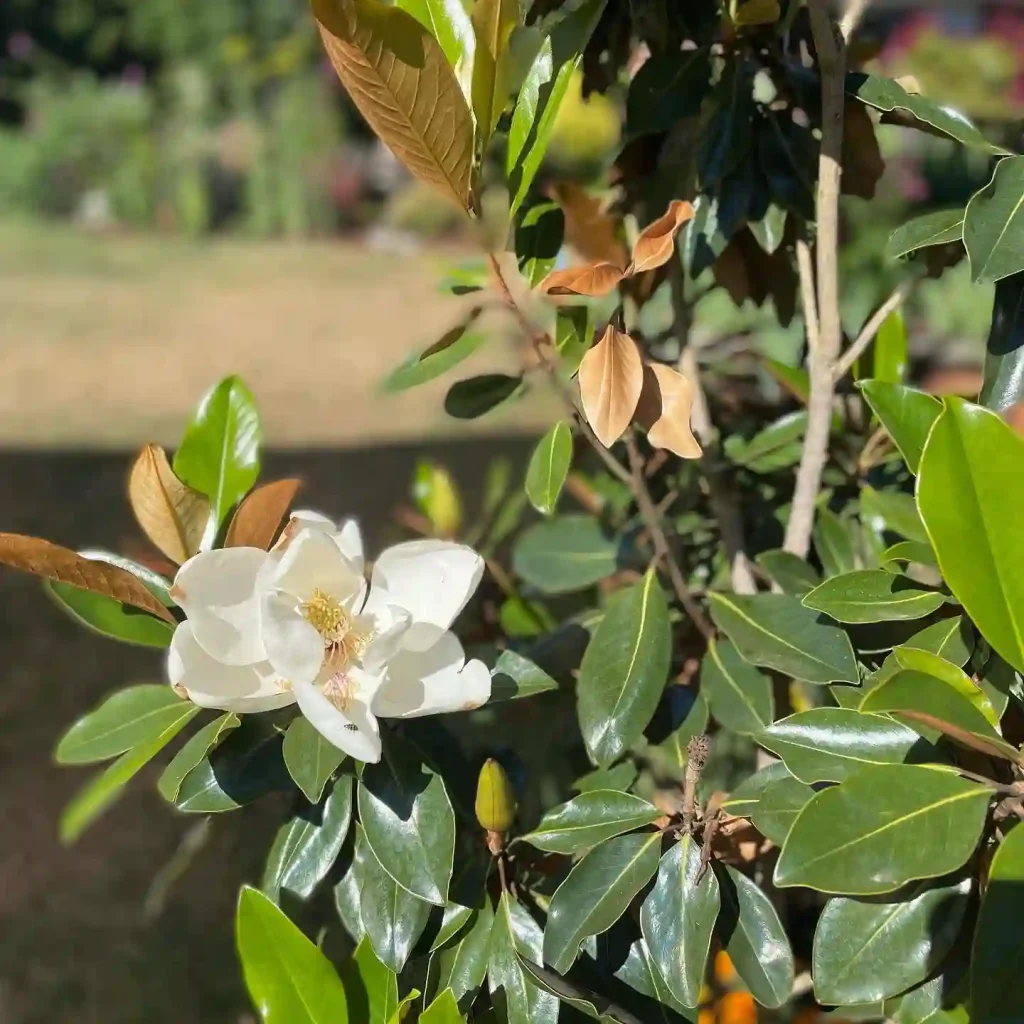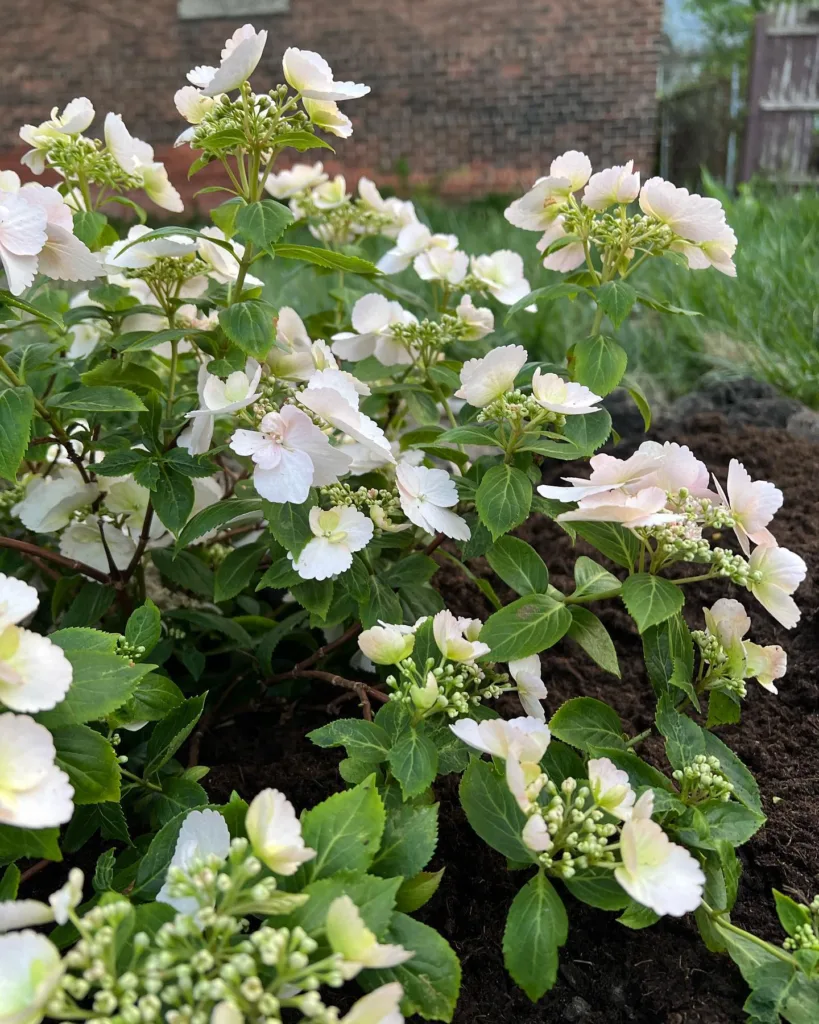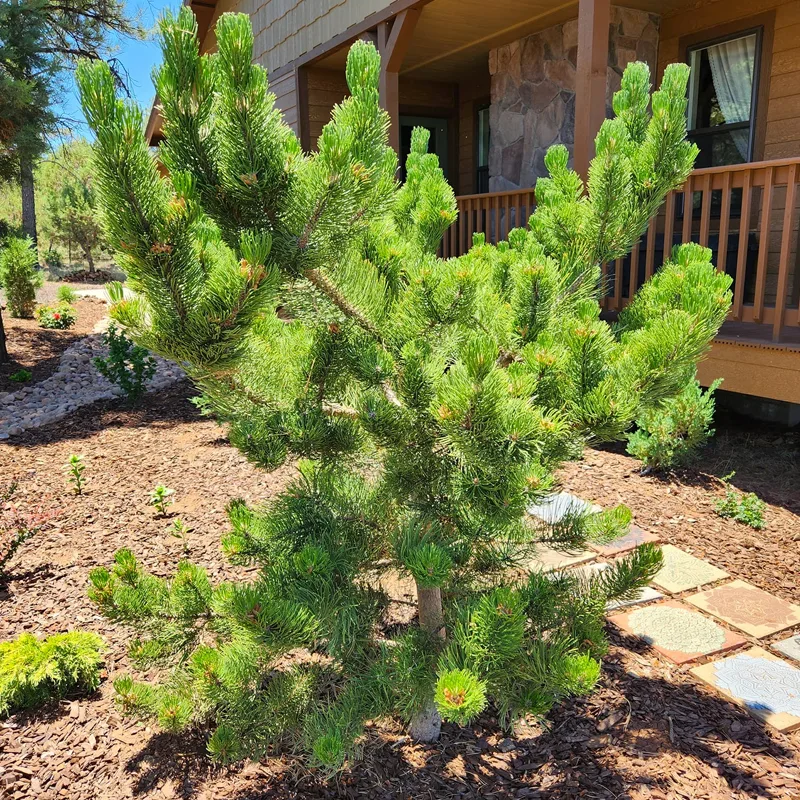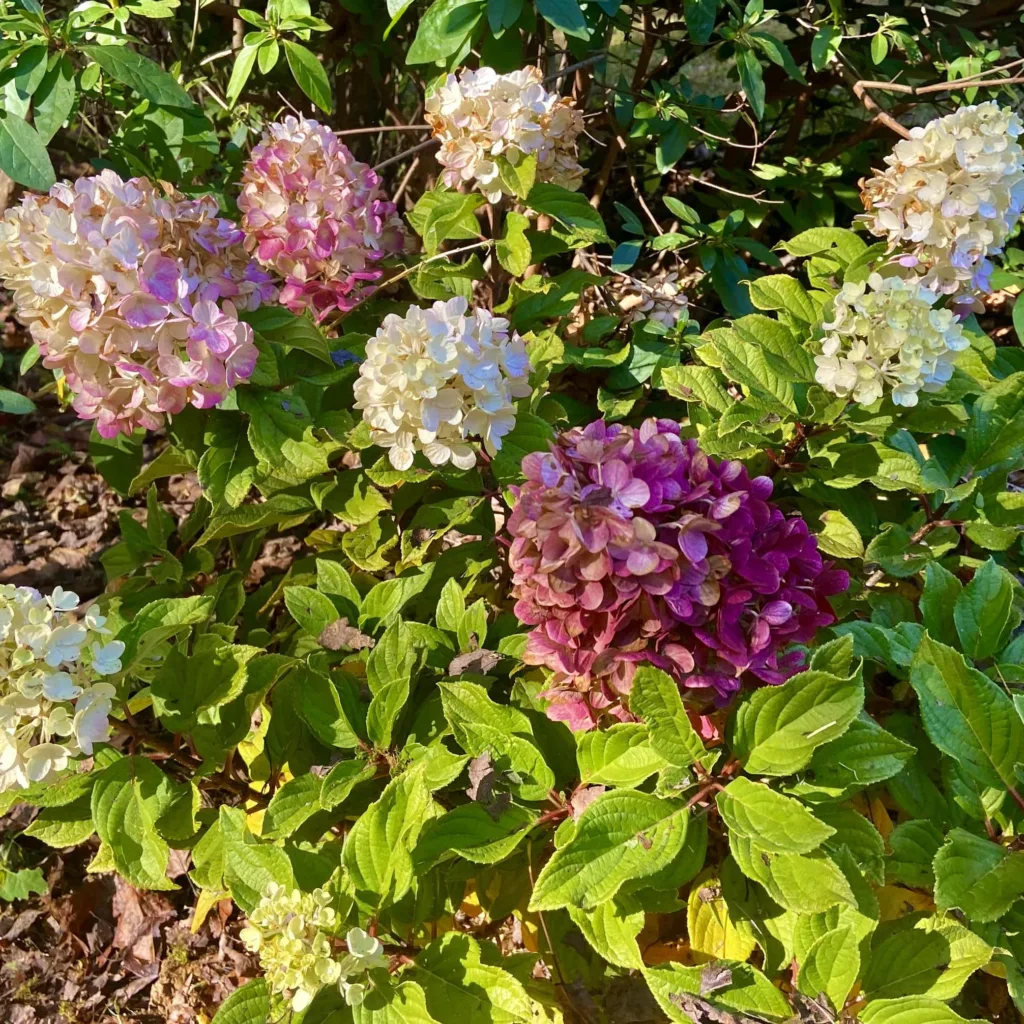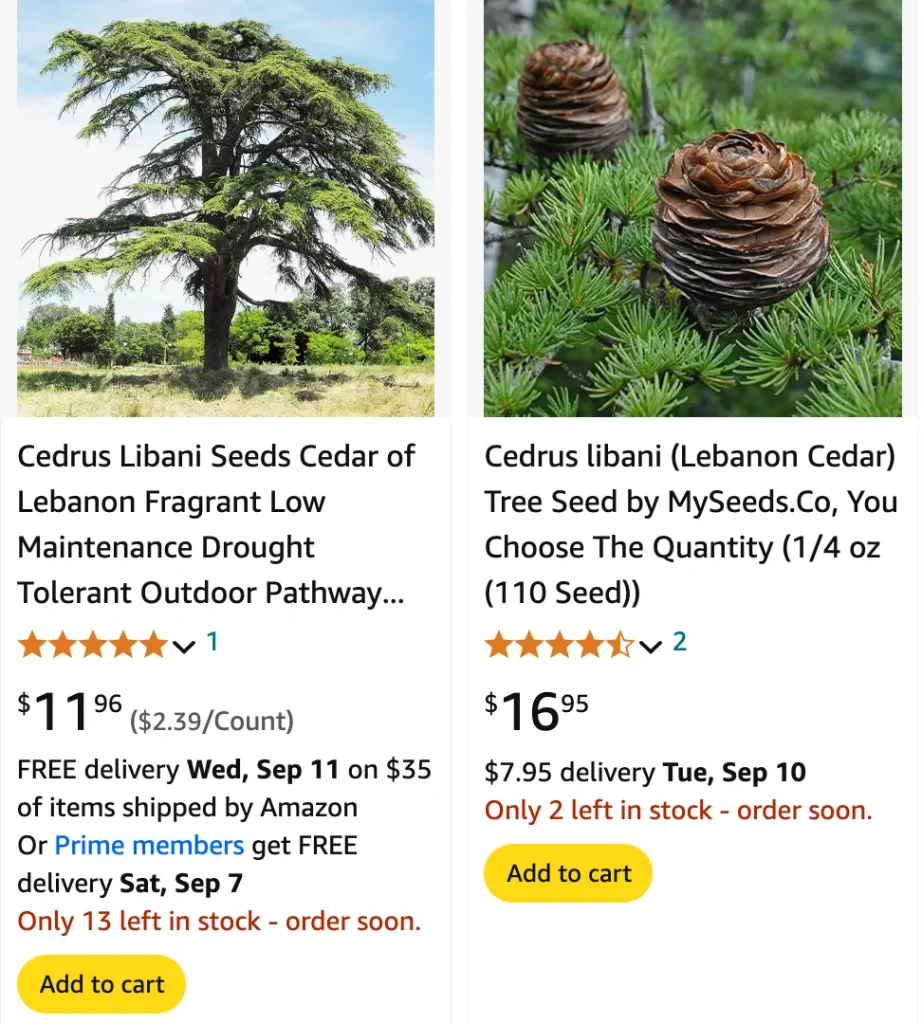
What is Cedrus Libani?
Cedrus Libani, commonly known as the Cedar of Lebanon. is a large evergreen conifer native to the mountainous regions of the Middle East. It can reach heights of up to 40 meters (130 feet) and boasts a broad, spreading canopy. This tree is renowned for its durable, aromatic wood, which has been used in construction and shipbuilding throughout history. It also has a long lifespan, with some specimens living for over a thousand years.
3 Species in Genus Cedrus
How to Pronounce Cedrus Libani?
The pronunciation of Cedrus Libani might seem tricky at first, but it’s quite straightforward once you break it down. It’s pronounced as “SEED-rus LEE-buh-nee.” The first part, “Cedrus,” rhymes with “seduce,” and the second part, “Libani,” sounds like “lee-buh-nee.”
Cedrus Libani vs Cedrus Atlantica
When comparing Cedrus Libani to Cedrus Atlantica, there are a few key differences to note. Cedrus Libani, or the Cedar of Lebanon, originates from the mountains of the Middle East, particularly Lebanon. It is known for its spreading branches and is often used in historical contexts, as its wood was highly prized by ancient civilizations.
Cedrus Atlantica, on the other hand, is also known as the Atlas Cedar and hails from the Atlas Mountains of North Africa. It features a more upright growth habit compared to Cedrus Libani. While both trees share a similar appearance, with needle-like foliage and cones, the Atlas Cedar tends to have a more pyramidal shape and a blue-green hue to its needles.
How to Care for Cedrus Libani?
Caring for Cedrus Libani involves understanding its needs and providing a suitable environment. Here are some essential tips:
- Soil: Cedrus Libani prefers well-draining soil. It thrives in sandy loam but can adapt to various soil types as long as drainage is good.
- Watering: While it is drought-tolerant once established, regular watering is crucial during its early years. Ensure the soil remains moist but not waterlogged.
- Sunlight: Full sun exposure is ideal for Cedrus Libani. It needs at least six hours of direct sunlight each day.
- Pruning: Minimal pruning is required. Remove any dead or diseased branches to maintain its health and appearance.
How to Propagate Cedrus Libani?
Propagating Cedrus Libani can be done through seed or cuttings. Here’s how:
- Seed Propagation: Collect seeds from mature cones in late summer. Soak the seeds in water for 24 hours, then sow them in a well-draining seed mix. Keep them in a cold frame or greenhouse until they germinate.
- Cutting Propagation: Take semi-hardwood cuttings in late summer. Dip the cut end in rooting hormone, then plant it in a pot with a sandy soil mix. Keep the cutting moist and in a humid environment until roots develop.
What to Plant With Cedrus Libani?
Cedrus Libani pairs well with a variety of plants, enhancing its majestic presence. Consider planting it with:
- Evergreens: Plants like Junipers or Hemlock complement its evergreen foliage.
- Flowering Shrubs: Rhododendrons or Azaleas provide a burst of color against its dark green needles.
- Groundcovers: Low-growing plants like Creeping Thyme or Periwinkle can add texture and color to the area around the tree.
Can You Grow Cedrus Libani Indoors?
Growing Cedrus Libani indoors is generally not recommended due to its size and need for ample light. It requires plenty of space and sunlight to thrive, conditions that are challenging to replicate indoors. It’s best suited for outdoor environments where it has room to grow and spread.
Is Cedrus Libani Toxic?
Cedrus Libani is not known to be toxic to humans or animals. Its wood and foliage are non-toxic, making it a safe choice for landscaping around homes and gardens.
Benefits of Cedrus Libani
The benefits of Cedrus Libani extend beyond its aesthetic appeal:
- Longevity: It has a long lifespan, adding a sense of history and permanence to any landscape.
- Durability: The wood is highly resistant to decay and pests, making it valuable for construction.
- Aesthetic Value: Its broad, spreading canopy and aromatic foliage provide a beautiful and fragrant addition to any garden.
Common Problems with Cedrus Libani
While Cedrus Libani is generally hardy, it can face some issues:
- Pests: Watch for infestations of pests like aphids or spider mites, which can affect the health of the tree.
- Diseases: Fungal diseases such as root rot or needle blight can occur, particularly in poorly draining soil.
- Environmental Stress: Extreme temperatures or poor soil conditions can lead to stress, affecting its growth and appearance.
Compare Cedrus Libani with Similar Trees
Cedrus Libani is often compared with other conifers like the Pine or Spruce. Unlike pines, which have long, slender needles and cones, Cedrus Libani has shorter, denser foliage and larger cones. Compared to spruces, Cedrus Libani’s branches are more horizontal and spreading, giving it a distinctive shape.
In summary, Cedrus Libani is a magnificent tree with a rich history and numerous benefits. Whether you’re considering planting one in your garden or simply curious about its features, understanding its needs and characteristics will help you appreciate this majestic conifer even more.
If i die, water my plants!
